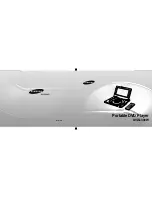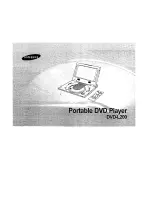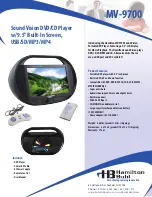
15
Fig.20
TPmc remote control unit
TPMC REMOTE CONTROL UNIT
This workplace remote control unit is intended for use in particular
with manual electrode and TIG welding.
Fig.20a Remote control unit TPmc CEL
Press/release
the torch trigger
Fig.19
Functional sequence with the TR 51mc remote control spot-welding unit
I
t
I
H
Start
of
cycle
Gas
pre-flow
time
Current-rise
via
up-slope
Gas
post-flow
time
End
of
welding
Arc
ignition
Spot
welding
with
pre-
set
welding
current
I
H
and
spot
time
t
H
Current-drop
via
down-slope
t
H
DYNAMIC
5
3
1
7
9
0
20
40
60
80
100
HOT START
TR 51MC REMOTE CONTROL SPOT-
WELDING UNIT
Standard welding of thin sheet metal constructions in such a way
that they do not rust is often not possible due to severe warping of
the material. This is where spot welding comes into its own.
Similarly, problem welds, such as joins which are only accessible
from a single side, can easily be dealt with using the TIG spot-
welding process.
Important!
Aluminium materials are difficult or impossible to TIG
spot-weld, as the oxide film between the metal sheets in the fusion
zone is not removed.
Fig.18
TR 51mc remote control spot-welding unit
Connecting the remote control unit:
-
Link the connecting socket on the power source and the
socket on the remote-control unit electrically with the remote
control cable.
-
Plug in the plug-in connections the right way round, and screw
the coupling ring on as far as possible.
Functional description:
-
The machine automatically switches over to 2-step operation
-
LED indicator lights up
-
The current drop time is set directly on the power source
-
A special - insulated - spot-welding nozzle is used, which is
mounted on the cone.
-
Depending on the size of spot-weld required, mount the tungs-
ten electrode approx. 2 - 3 mm back from the edge of the nozzle
-
Set spot-welding current and time on the remote-control unit.
-
Place the torch on the workpiece and gently press down onto
the base material
-
To carry out the spot-weld actuate the torch trigger.
(Make sure there is no air-gap!)
The automatic spot-welding sequence is as follows:
-
Pull back and release the torch trigger.
-
Gas pre-flow time elapses.
-
Arc ignites with start-arc current.
-
Current rises via the set up-slope to the spot-welding current
value set on the dial .
-
The spot-welding time
(0,1 - 8 sec.)
set on the dial elapses.
-
The current drops via the down-slope
(dial )
to the final crater
current.
-
The gas post-flow time elapses.
Important!
In the event of any trouble, the welder can manually
interrupt the automatic spot-welding sequence by pulling back
and releasing the trigger again!
Summary of Contents for MagicWave 2600
Page 2: ......
Page 4: ......
Page 16: ...ud_fr_st_sv_00466 022003 XII ...
Page 40: ......
Page 52: ...ud_fr_st_sv_00467 022003 XII ...
Page 76: ......
Page 88: ...ud_fr_st_sv_00468 022003 XII ...
















































